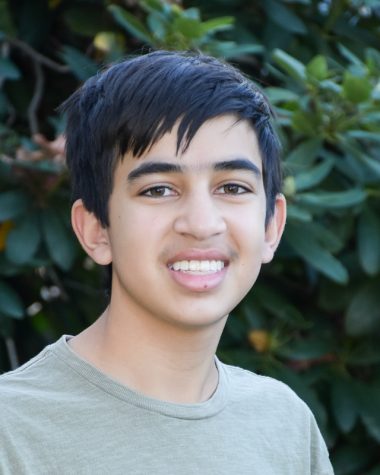Community Members Reflect on Pandemic
April 12, 2021
When the COVID-19 pandemic hit last winter, there was a significant shift in people’s day-to-day life. The world entered a new phase of life where safety precautions such as social distancing and mask-wearing became commonplace to help prevent the spread of the virus. Additionally, schools shut down and students started learning remotely, which was a first for many people.
Here, it took time for students to adjust to a new method of learning.
“Going virtual at the end of the year was a lot, as I missed my friends,” Grace Kandiah ‘23 said. “One of the hardest parts I think was that along with adjusting to the new reality of a COVID world, we all also had to learn an entirely new system of learning and education, and the overall shock of everything took a while to get over.”
Additionally, the pandemic led to the cancellation of team sports during the school year and limited club and activity offerings.
Charles McLaughlin ‘22 shared that being apart from his friends has taken the longest to adjust to.
“While I appreciate having the time to get work done and relax, not seeing my friends is really hard. Brimmer without the community part of it is not the same,” McLaughlin said.
From the beginning of the pandemic through the summer, traveling and vacations were practically unheard of. With safety protocols still in place, people across the country have made the most of the resources available to them, regardless of what they might have been.
Upper School Math teacher Peter Slaski shared his thoughts on how the pandemic impacted his daily life.
“The hardest part during the pandemic was entertaining my children last spring and even, to a lesser degree, this winter,” Slaski said. “In the spring, my wife and I were both teaching full-time and entertaining our children, sometimes simultaneously, which made it very hard to take care of our children at the same time.”
However, life started to resume a sense of normalcy for many in the fall. Students here were given the option to return to campus, providing an opportunity for the community to come together in person.
In addition, modified sports and athletics activities were offered, allowing students to remain active while following socially distancing guidelines.
Mask-wearing and frequent hand-washing have been commonplace since the pandemic started last year, and the School has been administering weekly COVID-19 tests to faculty and staff since August. More recently, the School expanded weekly testing to include students as well.
After returning from March break, the School asked that all students with the ability to do so return to campus for in-person learning. While safety protocols are still being enforced, campus is starting to return to normal.
The main difference from last fall is the introduction of COVID-19 vaccines. In Massachusetts alone, nearly 1.5 million residents have already been vaccinated.
Many staff members at the School have already been vaccinated, as their educator status allowed them to qualify for the vaccination at an earlier date than others.
On April 19, the vaccine will become available to anyone over the age of 16. This means that nearly all 11th and 12th grade students at School will be eligible to be vaccinated, along with many 10th grade students.
The School hopes that with greater vaccine availability, more students will return for in-person learning.
Daniel Murray ‘23 is one of many students who hopes the vaccine will help restore a sense of normalcy.
“I definitely think that once more people are vaccinated, more people will come to school because they feel it is a safer environment,” Murray said.























































